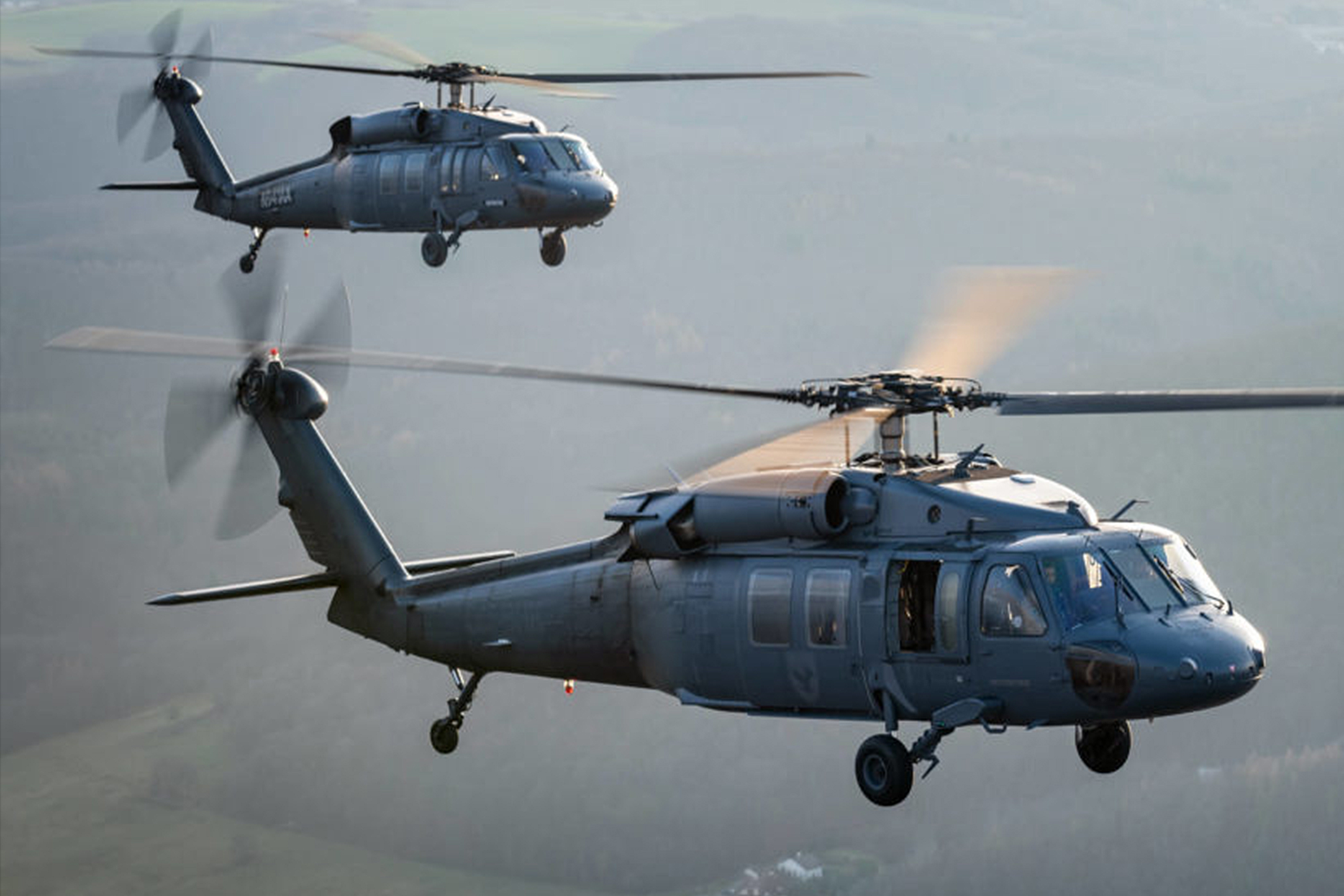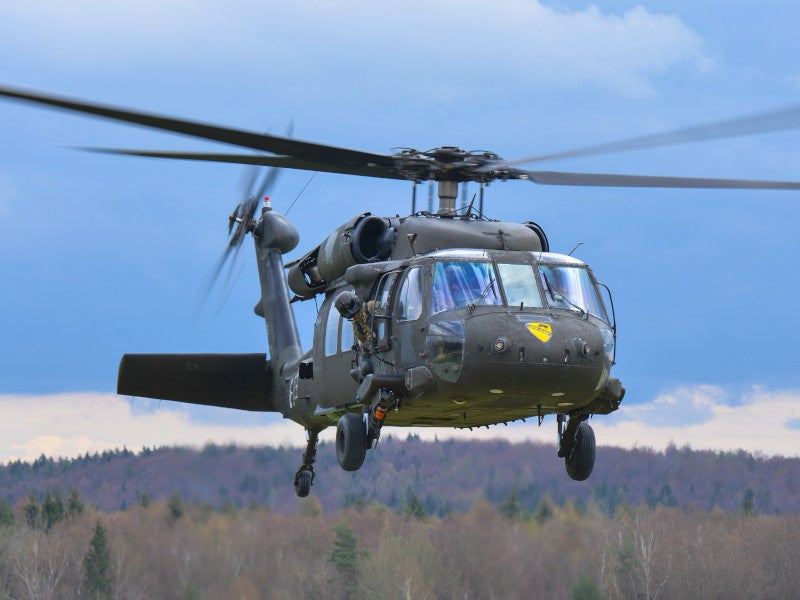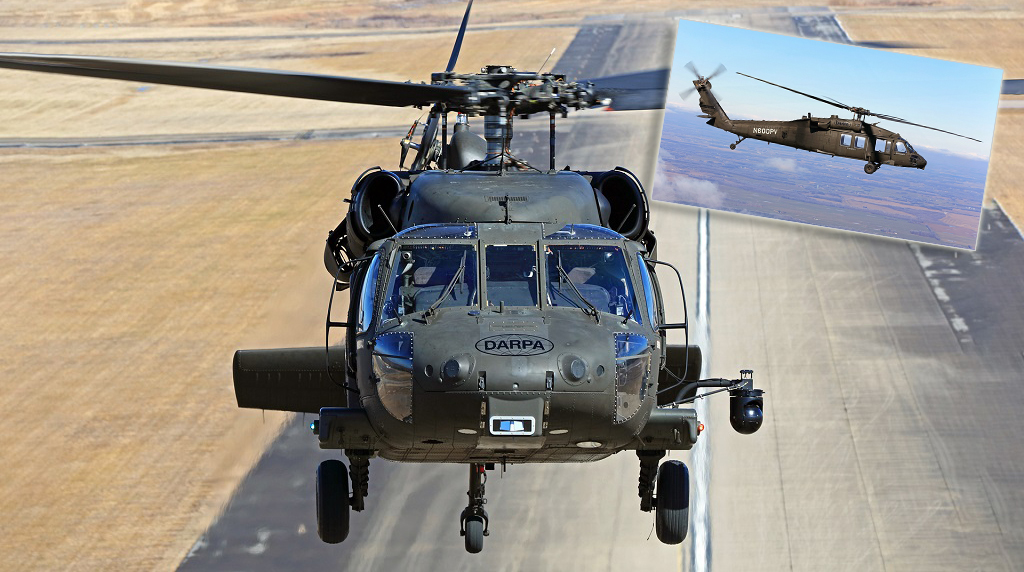Upkeep and Maintenance for UH 60 Helicopters
Upkeep and Maintenance for UH 60 Helicopters
Blog Article
Checking Out the Ingenious Modern Technology Behind Airplane Style and Design
The area of aircraft design and engineering is witnessing a transformative change driven by cutting-edge innovations that boost effectiveness, performance, and sustainability. Advanced materials such as carbon fiber compounds and titanium alloys are setting new standards, while wind resistant innovations and expert system are enhancing processes and improving end results. As the sector faces the difficulties of environmental obligation, advancements in lasting air travel modern technologies assure to reshape the future. The ramifications of these advancements extend past efficiency metrics; they might redefine the actual nature of air traveling. What might this suggest for the industry overall?
Advanced Materials in Airplane Style
Exactly how can the combination of innovative materials transform airplane style? The incorporation of innovative materials, such as carbon fiber composites, titanium alloys, and progressed porcelains, plays a crucial function in boosting aircraft performance and efficiency.
In addition, innovative products display improved resistance to rust and tiredness, leading to lower upkeep costs and extended life span. The usage of titanium in crucial components helps endure severe temperature levels and stress and anxieties, while carbon fiber compounds provide versatility in layout and production procedures. This versatility enables more aerodynamic forms, adding to remarkable efficiency attributes.
Furthermore, the combination of clever materials, which can alter buildings in reaction to exterior stimulations, opens up new avenues for adaptive systems in aircraft design. uh 60. These innovations promise not just to boost safety and security and operational effectiveness yet likewise to contribute to sustainability initiatives by minimizing ecological influence with reduced discharges. In summary, progressed products are redefining the landscape of airplane layout, leading the method for much more effective, durable, and environmentally pleasant air travel solutions
Wind Resistant Innovations for Effectiveness
Aerodynamic innovations play a crucial role in enhancing airplane effectiveness, substantially influencing gas usage and overall performance. Advancements in airfoil design, such as the introduction of supercritical wings, permit optimized lift-to-drag ratios, lowering drag at transonic speeds. These developments make it possible for aircraft to keep higher speeds with reduced fuel expense, straight influencing functional prices and environmental sustainability.
Additionally, the assimilation of winglets has proven effective in minimizing vortex-induced drag at the tips of wings, additionally improving fuel effectiveness - uh 60. This style adjustment leads to a decrease in wake disturbance, adding to enhanced aerodynamic performance during cruise conditions

Moreover, computational liquid characteristics (CFD) devices have transformed the testing and improvement of wind resistant forms, permitting accurate simulations of air movement around airplane (uh 60). This enables designers to introduce continually, ensuring that modern aircraft not just fulfill regulative criteria yet also press the limits of efficiency in aviation

Role of Computer Simulations
Computer system simulations have ended up being an essential tool in the area of airplane design, enabling designers to perform comprehensive analyses and optimizations of moved here different layout aspects. These simulations enable the virtual testing of aerodynamic homes, architectural stability, and efficiency metrics long prior to physical models are developed. By utilizing computational fluid dynamics (CFD) and finite aspect analysis (FEA), engineers can forecast just how air streams around the airplane and just how various materials will react to anxiety and pressure.
Moreover, computer system simulations promote the expedition of a wide variety of variables and situations, speeding up the design procedure and reducing prices related to physical screening. This ability not only boosts the precision of predictions concerning aircraft actions however also offers insights right into prospective design renovations that may not be right away obvious with standard approaches.

Additionally, simulations help ensure conformity with strict security regulations by permitting designers to determine and correct prospective concerns early in the style phase. The combination of simulation innovations into the airplane layout process emphasizes the considerable advancements in engineering techniques, eventually contributing to the growth of safer, more effective, and eco-friendly aircraft.
Expert System in Design
Expert system (AI) is changing the design landscape, especially in aircraft style, by maximizing and improving decision-making processes design operations. With artificial intelligence algorithms, AI can evaluate vast datasets, revealing patterns read the full info here and understandings that educate layout options and boost overall performance.
AI applications in aircraft layout include generative style, where formulas create numerous layout choices based upon specified criteria, permitting engineers to examine a more comprehensive series of possibilities. This not just accelerates the layout phase but additionally makes certain that the final products satisfy strict performance and security criteria.
In addition, AI-driven predictive analytics promote upkeep scheduling by assessing historical information and forecasting prospective failures. This proactive method minimizes downtime and enhances airplane reliability.
Furthermore, AI help in simulation and modeling, allowing designers to test styles under various problems without the demand for physical prototypes. This ability reduces development timelines and minimizes costs connected with standard screening methods.
Lasting Air Travel Technologies
How can the aeronautics sector properly balance growth and environmental duty? The response hinges on the fostering of sustainable aeronautics technologies that prioritize efficiency and lower carbon discharges. Advancements such as sustainable aeronautics fuels (SAFs), which are originated from renewable energies, have actually become an essential part in achieving reduced lifecycle exhausts. SAFs can substantially reduce the carbon impact of trips, making them a practical option to traditional jet gas.
Furthermore, innovations in aircraft design, such as the advancement of lighter materials and more aerodynamically reliable forms, add to boosted gas performance. Electric and hybrid propulsion systems are also acquiring traction, offering a path to reduce dependence on fossil fuels and minimize greenhouse gas discharges.
The integration of these modern technologies is sustained by regulative frameworks and sector partnerships focused on establishing ambitious sustainability targets. Digital devices like data analytics and fabricated knowledge can enhance trip operations, further boosting fuel performance. By accepting lasting methods and modern technologies, the air travel sector can not only fulfill the growing need for flight yet also play a crucial function in attending to climate adjustment, guaranteeing an extra sustainable future for air transportation.
Final Thought
The merging of innovative materials, aerodynamic technologies, and advanced modern technologies marks a considerable advancement in airplane style and design. The assimilation of carbon fiber compounds, titanium Visit Website alloys, and AI-driven processes not just improves efficiency and effectiveness yet likewise streamlines workflows and predictive maintenance. The ongoing advancement of sustainable air travel modern technologies emphasizes a dedication to environmental obligation, paving the method for a greener future in air travel. This continual technology will certainly form the industry's trajectory for years to come.

Computer system simulations have ended up being an essential device in the field of aircraft layout, allowing engineers to perform in-depth analyses and optimizations of different style elements.The merging of sophisticated materials, aerodynamic innovations, and innovative innovations notes a significant advancement in airplane layout and engineering.
Report this page